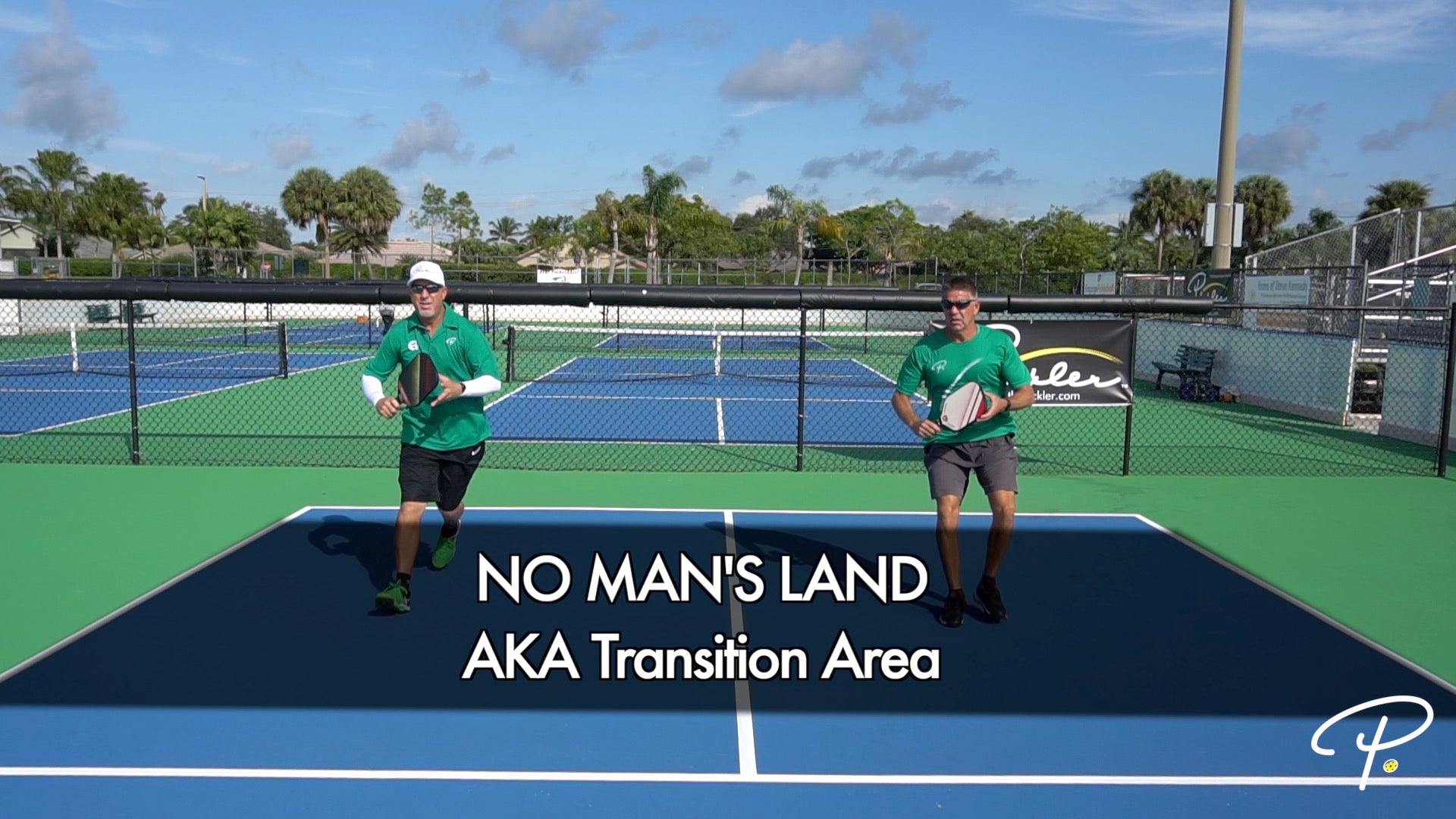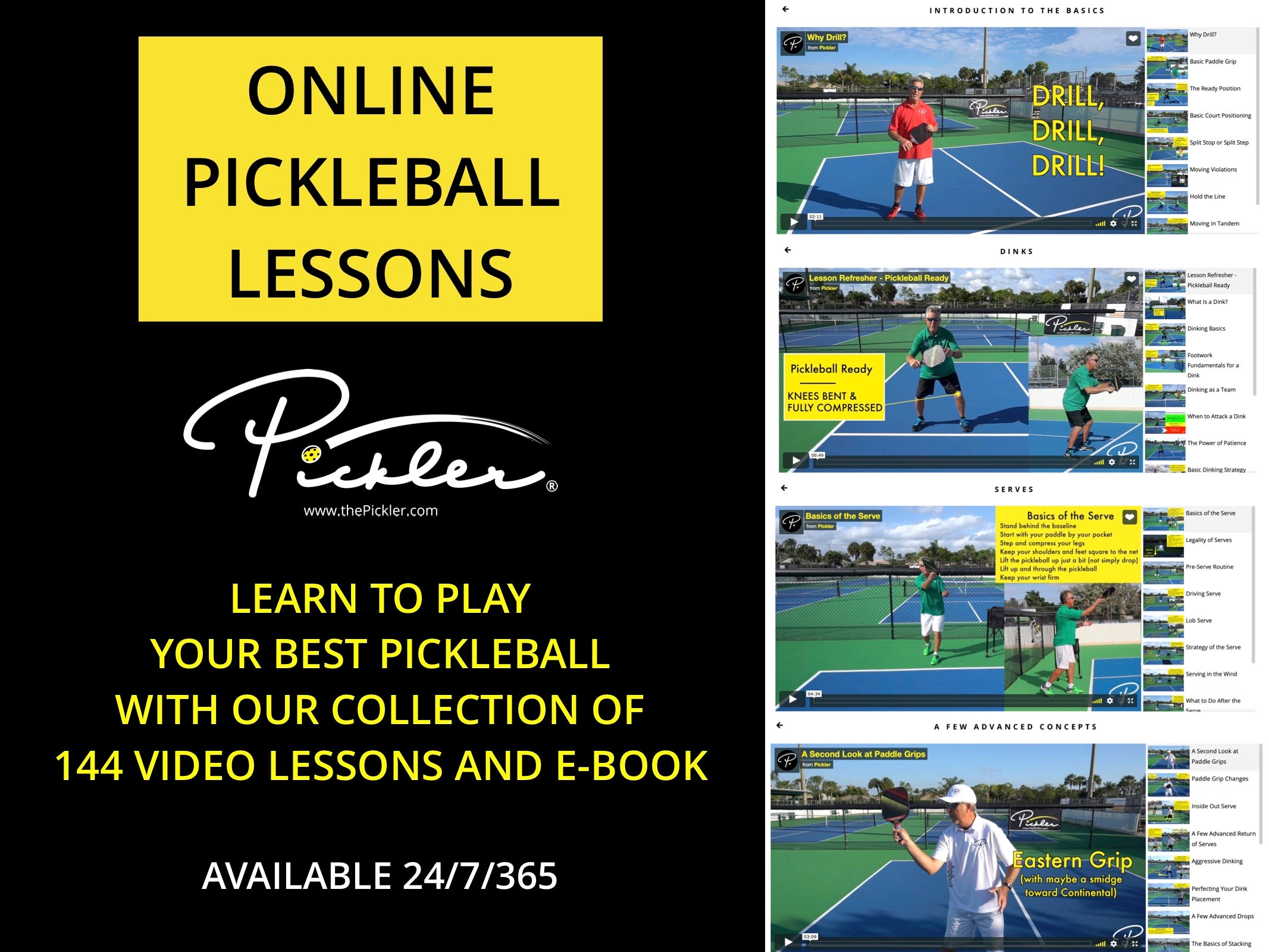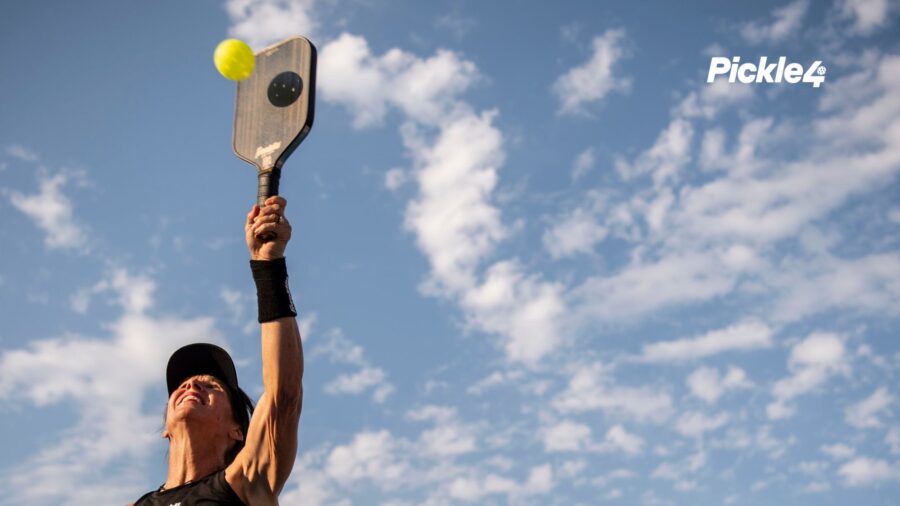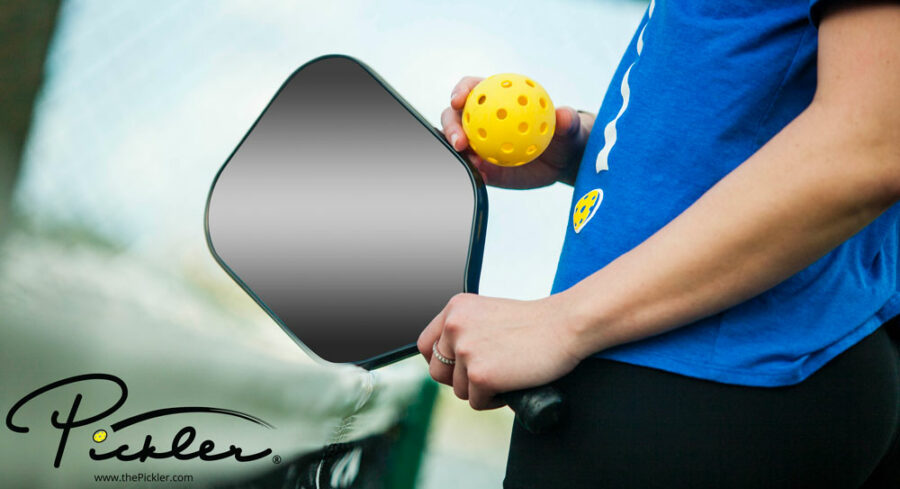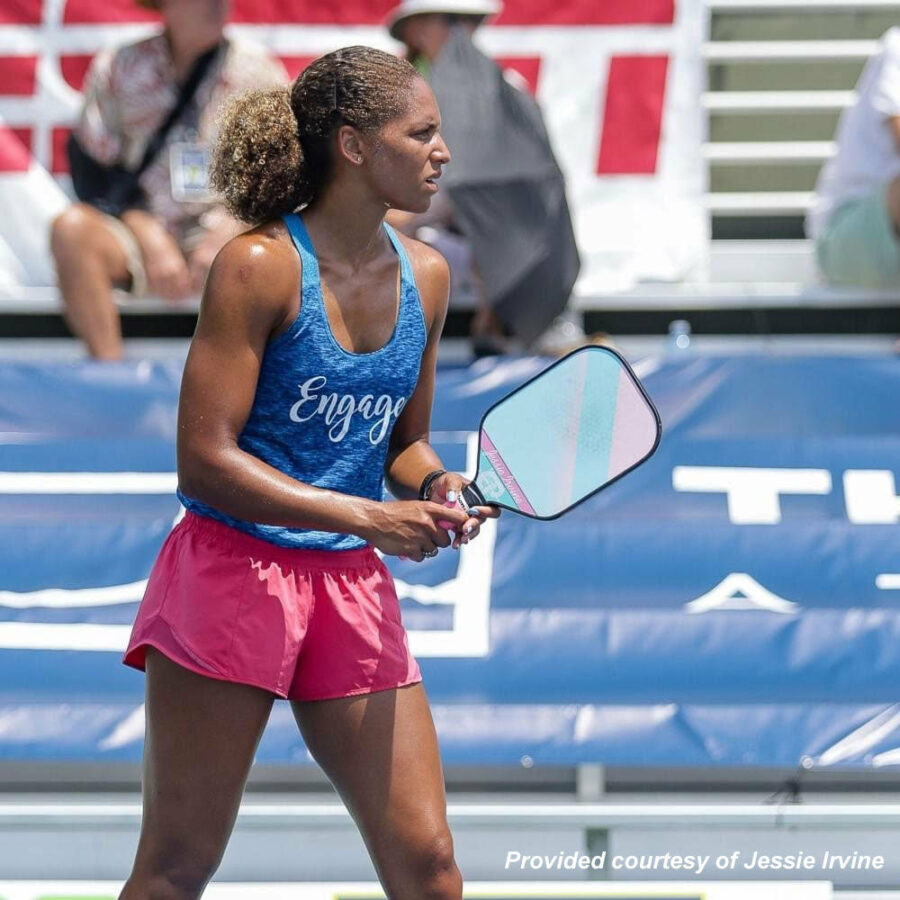“No Man’s Land”—also called the Transition Area—is the area of the pickleball court in between the Non-Volley Zone and the baseline. It is generally a foot or two behind the Non-Volley Zone (also known as the Kitchen), to a foot or two in front of the baseline.
This area is aptly named “No Man’s Land” because it is generally a place that pickleball players try to avoid, as it is difficult to win points by playing in this area of the pickleball court. It is one of the most difficult places to be on the pickleball court because your opponents are able to hit the pickleball down at your feet. These low shots at your feet are difficult for you to return, as these shots cause you to have to get low and hit up on the pickleball in order to return it and, if you do return it, because you are hitting up on the pickleball, are more likely to result in a put away shot for your opponents.
This area is also aptly called the Transition Area, as it is the space where you transition from the baseline for the start of a rally, to the preferred space of the Non-Volley Zone or Kitchen—as most pickleball rallies and points are won when playing at the Non-Volley Zone Line. Statistically speaking, a player’s or team’s chances of winning the rally or point go up exponentially when he, she, or they can move in to the Kitchen Line, so it is incredibly important to transition through the Transition Area to the Kitchen Line.
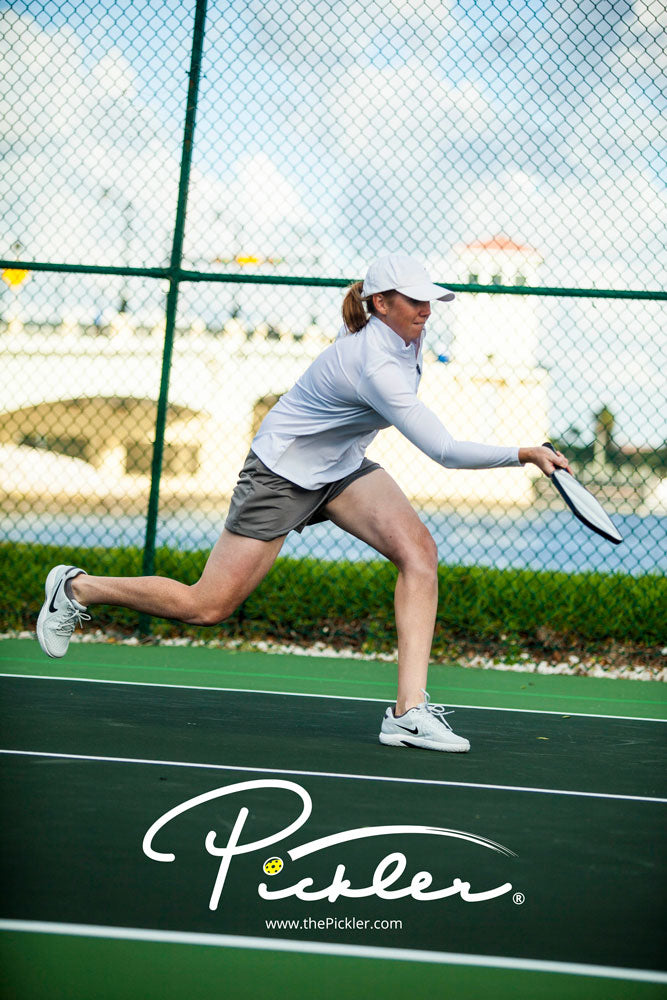
Although “No Man’s Land” is a place to avoid, oftentimes, the player or team that is better in transition will be the deciding factor between a win and a loss. The player or team that is most comfortable in the Transition Area may also be able to turn “No Man’s Land” into an “Opportunity Zone.” As a result, it is important to practice and work on your shots and skills in the Transition Area on the pickleball court.
To improve your pickleball game in “No Man’s Land,” try the following 6 tips:
1. Stay Under Control
Since most points are won at the Non-Volley Zone or Kitchen Line, it is imperative that you work your way to the Non-Volley Zone or Kitchen Line as soon as possible! It is important to have quick feet and move in. However, make sure you are moving in to the Non-Volley Zone or Kitchen Line under control. If you move in too wildly, you will be moving when hitting the pickleball, which will cause you to be more likely to make an unforced error (we like to call errors when on the move “moving violations”). To move in under control means that you will need to split step or split stop immediately prior to your opponents’ hitting the pickleball, so you can react to the pickleball and then hit your shot from a controlled position.
Moving in under control means that you may be forced to split step or split stop in the Transition Area. This is okay! Pickleball players generally make errors in “No Man’s Land” because they are trying to move in too much or too quickly. Reduce these errors by moving in under control and remaining calm in the Transition Area.
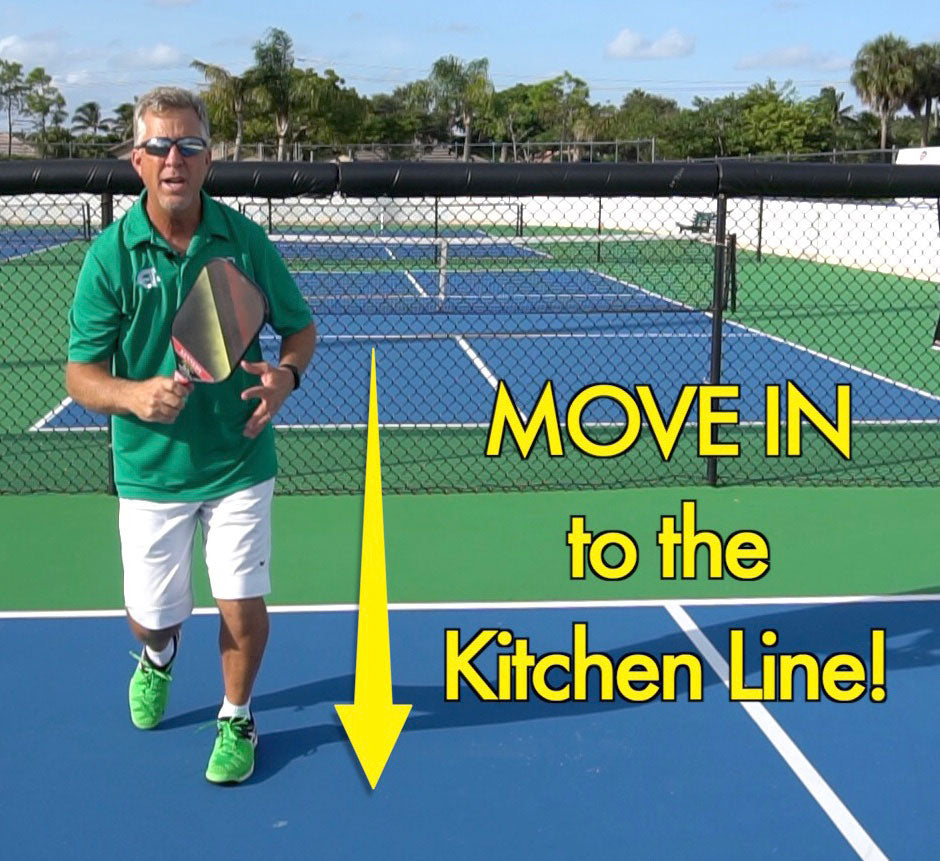
2. Stay Linked with Your Partner in Doubles Pickleball
When you are in the Transition Area, be sure to stay linked with your partner. When you become unlinked with your partner (in other words, you and your partner are at different depths of the pickleball court), then more gaps open up on the pickleball court for your opponents to hit winning shots in. Stay linked with your partner and move from the baseline to the Non-Volley Zone Line, and vice-versa, together.
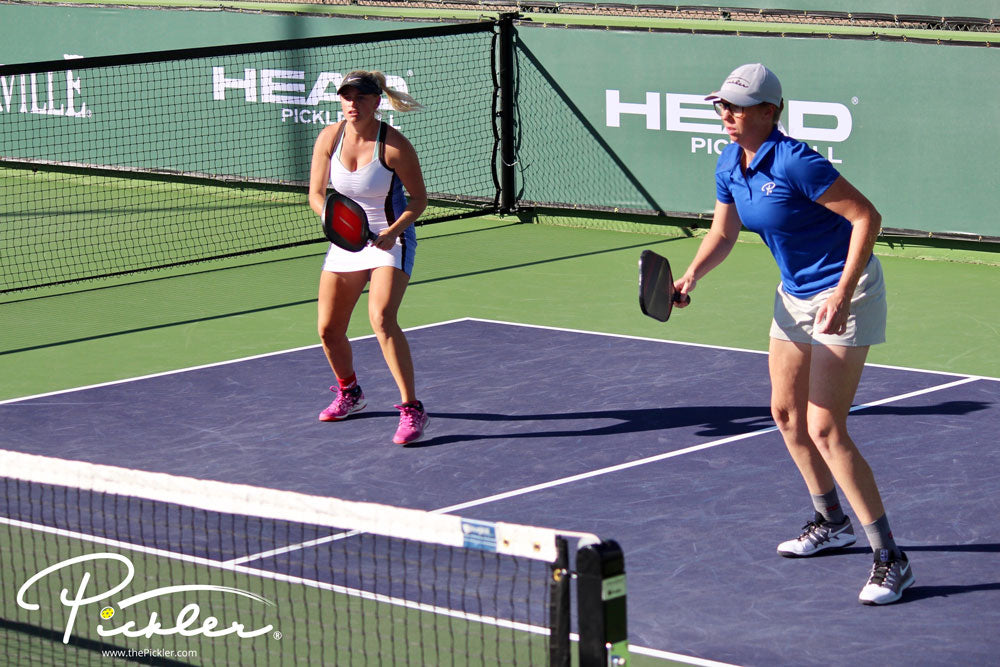
3. Get LOW!
When in “No Man’s Land,” it is important to bend your knees and get low. This is especially true when your or your partner’s shot is high. When the ball goes high, get low and be ready for your opponents to hit the pickleball down at your feet. Your defense and reset skills will improve when getting low and bending your knees.
Also, be sure to have your pickleball paddle out in front of your body, and consider having a slightly wider stance with your feet and legs. A wider stance will help you get lower and feel more stable, with more power.
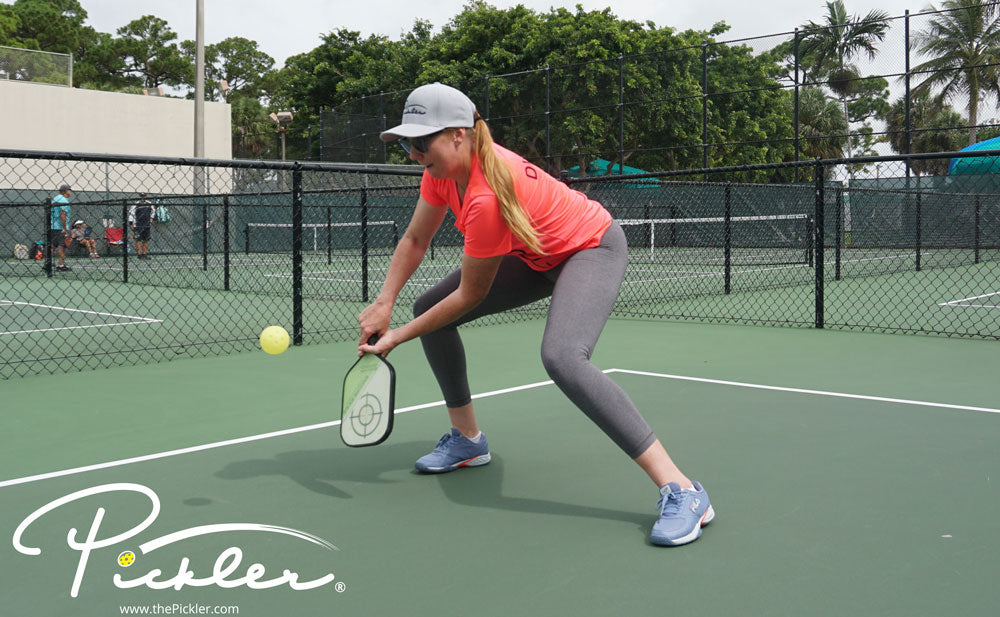
4. Practice Good Paddle Control
As mentioned in tip #3, be sure to have your pickleball paddle out in front of your body. It is important to meet the pickleball with your pickleball paddle out in front of your body when you are in the Transition Area. When you are in the Transition Area, it is also important to:
- Pay Attention to Your Paddle Angle – If your opponents hit the pickleball down at your feet, then your paddle angle should be open to the sky. Your paddle angle needs to be open, so that the pickleball is hit at the right angle to go back up and over the pickleball net. When you get low to get the pickleball, remember to open your paddle face (rather than angling your paddle face parallel to the pickleball net or toward the ground).
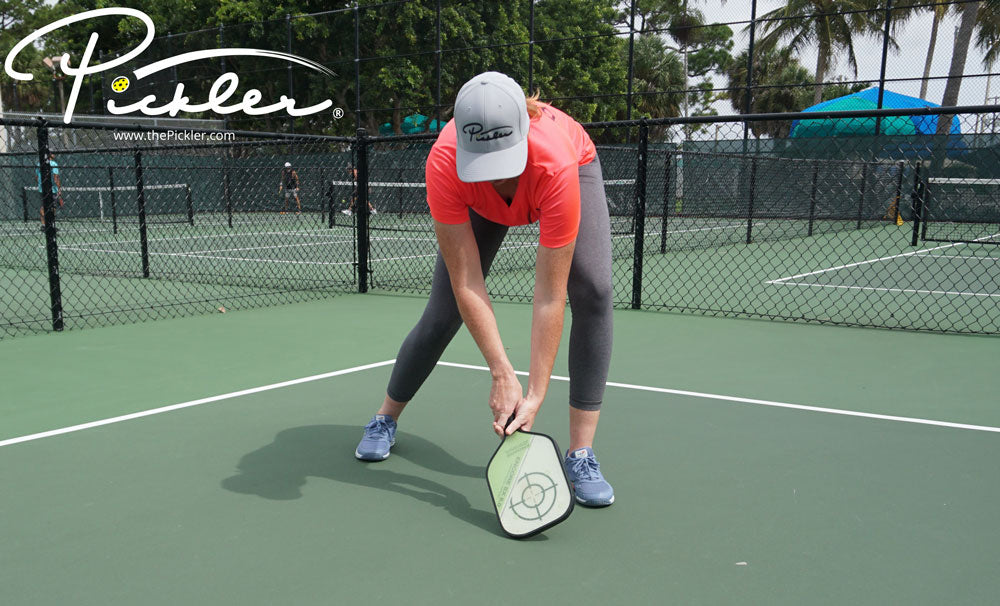
- Do Not Overswing – If your opponents hit an aggressive shot, and put you and your partner under pressure, it is important not to do too much and overswing. Rather, remain calm and try to reset the pickleball into your opponents’ side of the Kitchen.
- Have a Loose Paddle Grip – As mentioned above, if your opponents hit an aggressive shot, then your best shot selection may be to reset the pickleball. This means that you hit a soft shot, so that the pickleball lands in the Kitchen and your opponents are unable to hit another offensive, aggressive shot. To reset the pickleball, it is important to have soft hands and a loose paddle grip. If you have too much grip pressure, then you will likely hit the pickleball too hard and too high, as your paddle will act more like a backboard that launches the pickleball high above the pickleball net.
5. Practice There!
This pickleball tip is a no brainer, but important—to improve in the Transition Area, practice there! All too often, pickleball players drill at the Non-Volley Zone Line and baseline, but not in between those two. Be sure to practice in “No Man’s Land!”
One pickleball drill that you can try is to grab a drill partner and start one of you a couple steps in front of the baseline and the other at the Non-Volley Zone Line. The player in front of the baseline has the goal of resetting every shot into the Kitchen, while the player at the Non-Volley Zone Line has the goal of hitting offensive shots at his opponent’s feet. Be sure to practice both roles, and practice until you are comfortable playing from “No Man’s Land!”
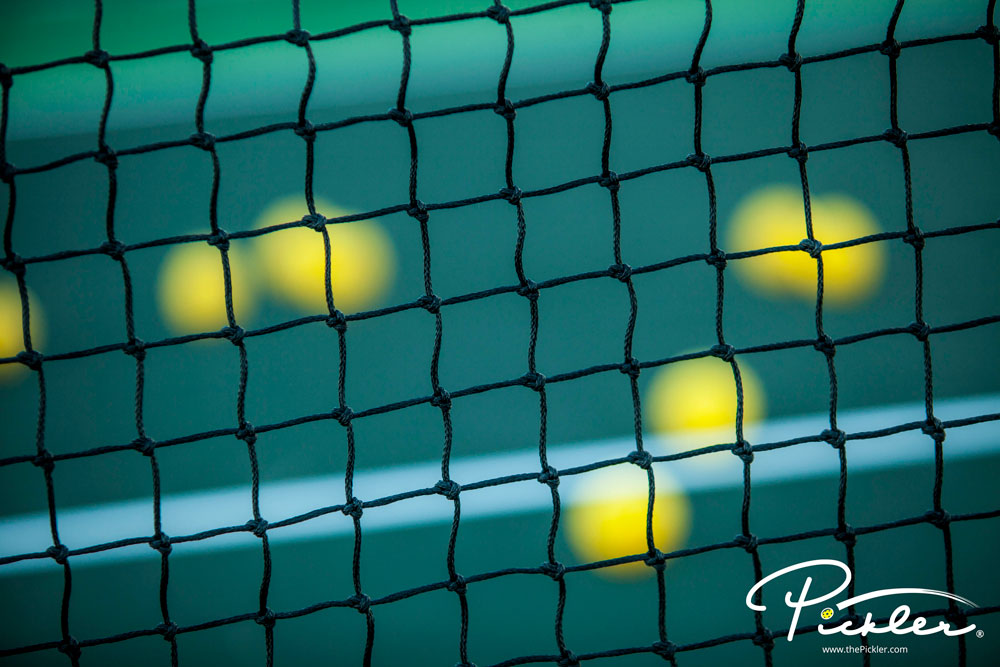
6. Once You’re Comfortable, Take Advantage of “No Man’s Land!”
Once you are comfortable being in and playing from the Transition Area, you may find yourself taking advantage of that space of the pickleball court in certain situations. For instance, imagine that you or your partner popped the pickleball up so that your opponents are able to hit an offensive shot. It may be a good idea to take a step back off of the Non-Volley Zone Line in order to buy yourself a fraction more reaction time, which may give you an edge to dig out your opponents’ put away shot. This step back may also help you better detect the shots that are traveling out of bounds, as you have more time and more room to decipher where the pickleball is going.
However, if you choose to step back into the Transition Area, be sure that you are not moving when your opponents are hitting the pickleball. Remember, this is a “moving violation” and will likely result in more unforced errors. So, only take advantage of this step back when you have time. Also, be sure to remember to get low with your pickleball paddle out in front of your body.
Lastly, if you choose to step back into “No Man’s Land,” be sure to immediately step back up to the Kitchen Line after you reset the pickleball, as your chances of winning the rally increase when you are hugging the Kitchen Line!
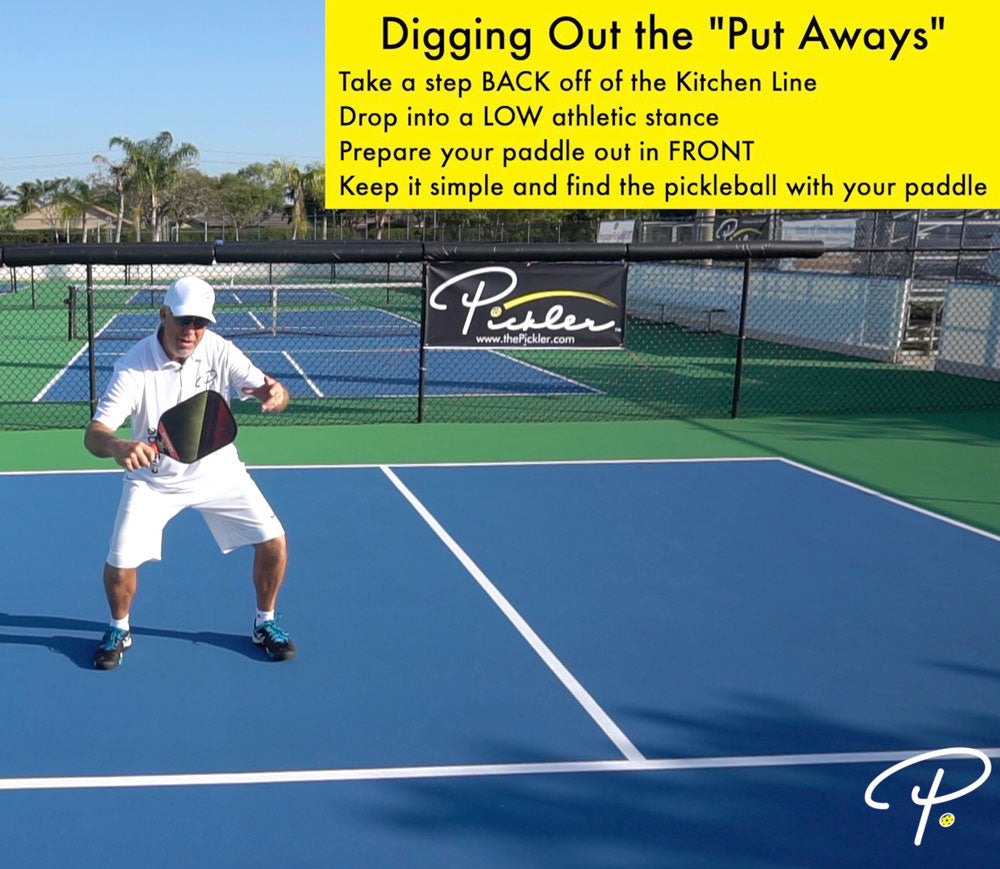
Try these 6 pickleball tips to improve your skills in “No Man’s Land” (or the Transition Area) on the pickleball court! Master “No Man’s Land” (or the Transition Area) and win more pickleball games!
WANT MORE PICKLEBALL TIPS AND STRATEGIES?
If you want more pickleball tips and strategies on every aspect of your pickleball game, check out Pickler’s online video lesson collection called My Pro Pickleball Coach. My Pro Pickleball Coach is a fraction of the price of one clinic or even one lesson, and features over 140 video lessons (over 7 hours of instruction!), as well as a corresponding e-book. These online video lessons are available on demand 24/7 and breakdown every aspect of the sport of pickleball, including pickleball drills, strategy, and advanced concepts, so you will play your best pickleball.

